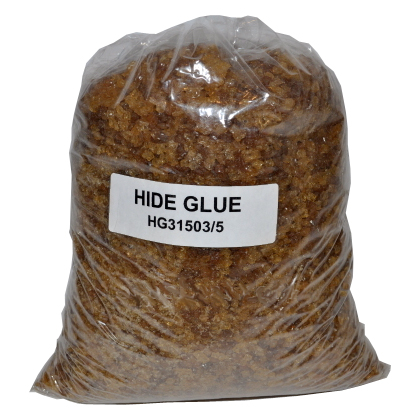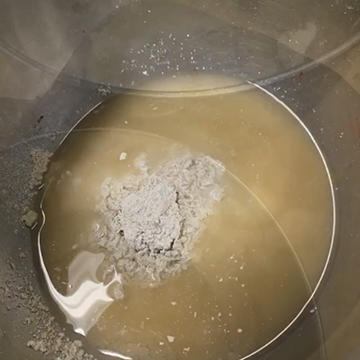To quickly test your gesso, apply a layer of the hot mixture to a piece of wood or Masonite using a brush. Allow it to dry completely, using a hairdryer to speed up the process if needed. Once dry, lightly sand the surface with 320-grit sandpaper. If the sandpaper clogs quickly and the gesso is easily removed, the mixture is too thin. If the gesso is too hard and shows obvious scratch marks, it’s too thick. Adjust by returning the mixture to the double boiler and adding more glue or whiting as needed.
Gesso and gilder’s glue recipes can vary, and finding the perfect formula may require some experimentation. Temperature, humidity, and seasonal changes can affect glue performance, so adjustments may be necessary. Gilders often tweak the glue-to-water ratio, modify the temperature and dissolving time, or mix Hide and Rabbit Skin glues to achieve the ideal consistency for creating a superior gesso for water gilding or fine art applications.


